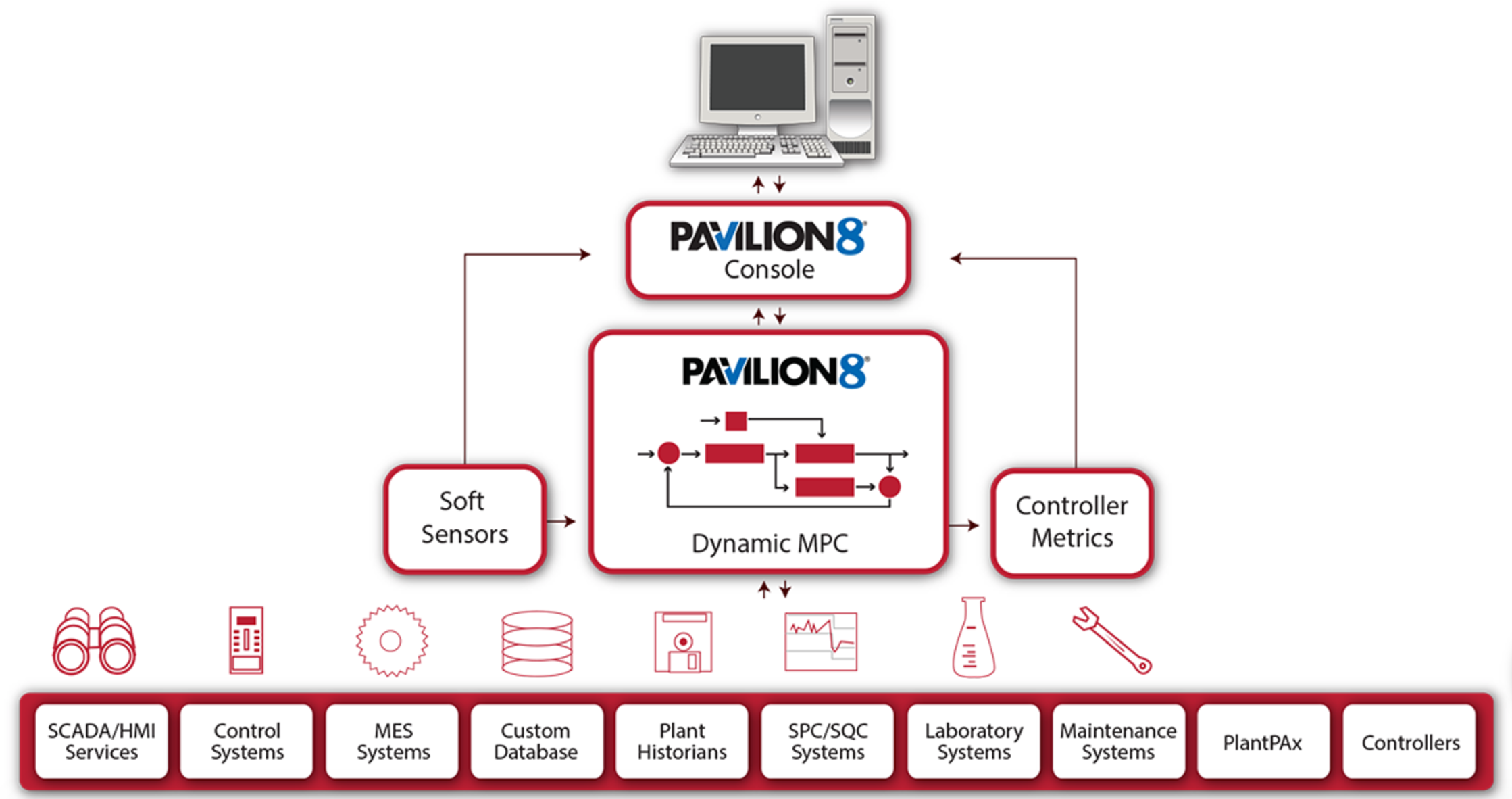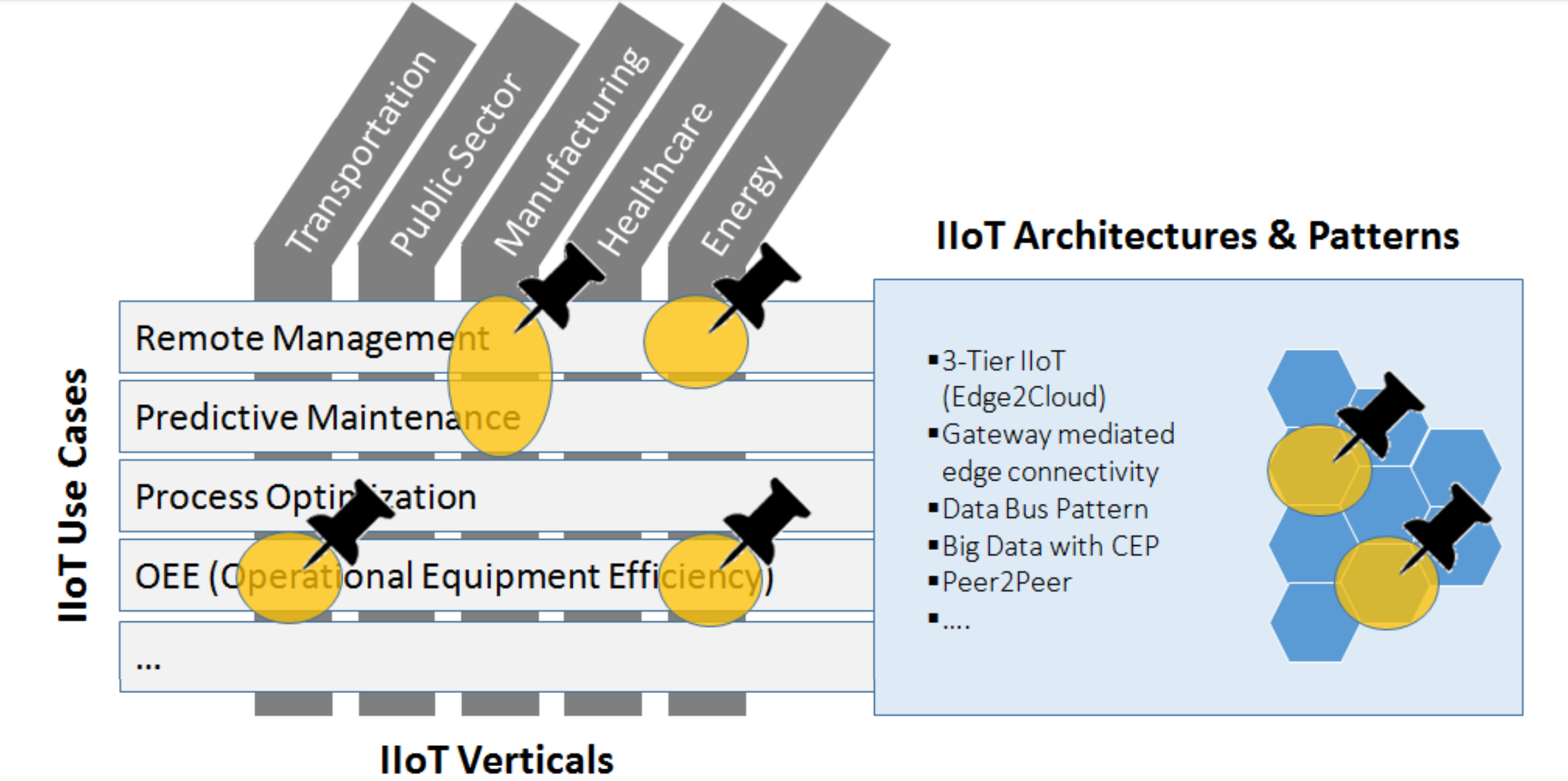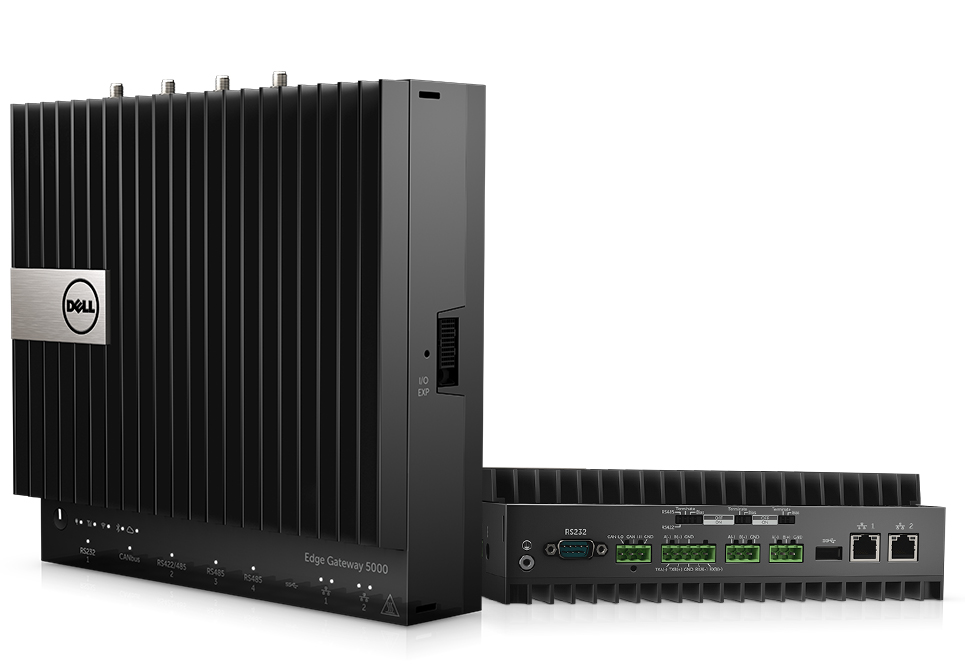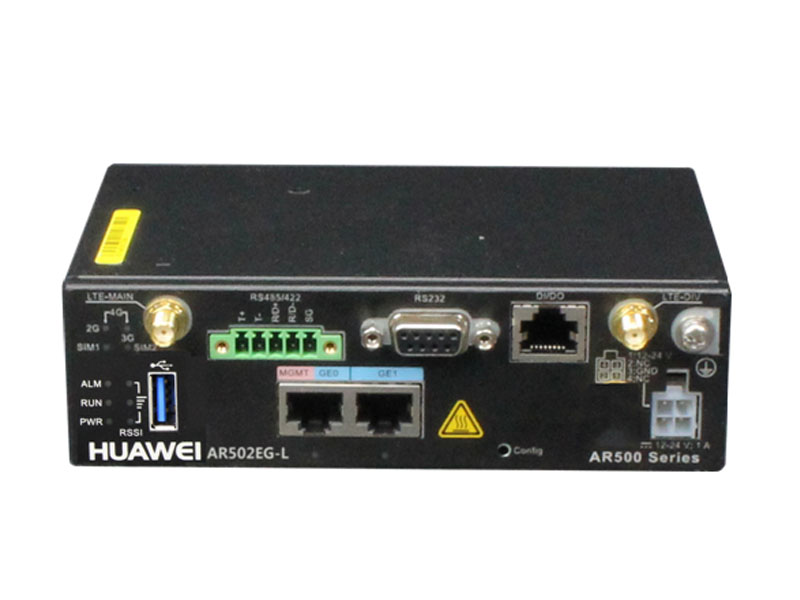BY PATRICK MANNION, contributing editor
The new Foxconn plant being planned for Wisconsin is a greenfield development that could be a showcase of modern industrial control thinking. From self-aware connected components and robots to fully integrated, cloud-connected access and analytics, the factory may well be a model of optimization, safety, efficiency, cost, and process control.
Many of the concepts and physical elements required to implement the new manufacturing plant will, by now, be familiar to embedded and industrial control engineers: predictive maintenance, cloud connectivity, edge computing, fog computing, smart and wireless sensors, and gateways. The problem is implementing these ideas securely, scalably, and cost-effectively on legacy systems (brownfield deployments) while also trusting that moving from a closed, proprietary process will bring about the promised improvements.
The good news is that designers and facilities managers are no longer alone: The devices, resources, technologies, and partnerships needed to upgrade decades-old factories are developing rapidly to connect back-end operational technology with front-end analytics and decision-making. While startups are abundant, it’s often the traditional suppliers of process-control equipment that are being relied upon to take the lead, bringing domain experience while retooling their offerings for the age of Industrial IoT (IIoT).
Rockwell Automation has gotten an early toehold with the Foxconn facility, having signed a deal to collaborate with the company to implement Connected Enterprise and IIoT concepts in the new global electronics assembly operations facility. The plan is to combine the technologies and domain expertise of both companies to deliver a state-of-the-art manufacturing system with “unparalleled levels of operational efficiency.”
Rockwell has already shown how advanced data acquisition, analytics, and modeling can improve outcomes. For example, Kraft Heinz Company used Rockwell Automation’s Pavilion8 model predictive control (MPC) to update its aging Ore-Ida potato-chip-manufacturing facility to get a 10% improvement in process efficiency that would give a return on invested technology in 12 to 16 months (Fig. 1 ). Fig. 1: Rockwell Automation’s Pavilion8 model predictive control combines many of the elements necessary to improve processes. Image: Rockwell Automation.
Fig. 1: Rockwell Automation’s Pavilion8 model predictive control combines many of the elements necessary to improve processes. Image: Rockwell Automation.
Pavilion8 is a modular software platform that has modules to control and analyze all aspects of a production system. However, at its heart is a hybrid process model that combines multivariable process models with empirical knowledge based on live plant measurements to determine future control actions. This helps ensure that an operation meets processing limits while helping to improve performance over time.
Open platforms and interoperability needed
While the software and process-management tools that Rockwell Automation and others are providing are a big step forward in enabling a more predictive factory environment, industry and technology developments are rapid and costly. At the same time, component and process control providers — from Cree and Bosch to Siemens, Honeywell, and Schneider Electric — are all responding in their own way to meet customers’ needs. This is driving customers to demand more open, interoperable platforms in terms of both hardware and software to bring down costs while allowing them to take advantage of the latest technologies.
This imperative drove ExxonMobil to kickstart the Open Process Automation Forum, which now operates under the auspices of The Open Group. It will eventually lead to a “standard of standards” that will pick the best of what currently exists, such as interfaces like Fieldbus (just an example), and add what’s necessary to fill in any gaps. Many industrial standards exist just for connectivity, including Modbus, BACnet, Fieldbus, Ethernet, and SCADA, along with wireless interfaces such as WirelessHART, zigbee, Z-Wave, and Wi-Fi. The new forum goes beyond connectivity, however, to include interoperable process control software, security, and data formats.
Other interoperability efforts are also afoot: The Industrial Internet Consortium is working to to find some level of interoperability for manufacturing and control, though currently with much more focus on the internet and cloud connectivity aspect. It’s looking to find common ground in terms of protocols, devices, interfaces, data management, analytics, and cloud operations.
To that end, it has formed the Industrial Internet Interoperability Coalition (I3 C) to focus on specific hotspots for interoperability (Fig. 2 ). Fig. 2: The I3 C group was formed to focus on ensuring interoperability at key hotspots, such as communications or data-exchange formats. Image: Industrial Internet Consortium.
Fig. 2: The I3 C group was formed to focus on ensuring interoperability at key hotspots, such as communications or data-exchange formats. Image: Industrial Internet Consortium.
The group defines clusters that need specific focus, such as the Smart Facility Operations in Manufacturing cluster that includes wireless shop-floor interfaces and data-exchange formats.
Connecting IT and OT
As the standards work continues, designers and embedded developers still have to figure out how to respond to management’s demand for more OT process data to feed the analytics engines and presentation dashboards. This means that IT and OT must work together to get the necessary data, without compromising security in the enterprise side, while maintaining the integrity of legacy brownfield systems that have been in operation for decades.
The one device that comes to the fore in enabling this is the edge gateway device. On one side is the interface to the current and legacy systems over a range of heterogeneous wired and wireless industrial networks. On the other is a simple Ethernet wired and/or LTE wireless connection to the back-end enterprise IT networks, or directly to the cloud. Within the gateway itself, a designer has to ensure sufficient processing power, memory, connectivity support, and hardware-based, root-of-trust security to future-proof an implementation for at least eight to 15 years.
Two companies that have stepped up to meet these requirements are Huawei and Dell. Huawei has introduced its AR502 Series Agile Gateway that is based on an ARM dual-core Cortex-A9 running at 700 MHz, with 256 Mbytes of DDR3 RAM and 512 Mbytes of flash (Fig. 3 ). It supports one or two gigabit-Ethernet interfaces for local, on-site network connectivity, as well as 802.11/b/g/n wireless, RS-232, RS-485/RS422, USB, DI/DO (RF45 connector), and LVTTL. For data backhaul to the main server or to the cloud, it supports GSM, 3G, and 4G/LTE backhaul to the network.
 Fig. 3: The Huawei AR502 Agile Gateway is based on an ARM Cortex-A9 running at 700 MHz, while the Dell Edge Gateway 5000 uses an Intel Atom processor running at up to 1.75 GHz. Images: Dell (top) and Huawai (bottom).
Fig. 3: The Huawei AR502 Agile Gateway is based on an ARM Cortex-A9 running at 700 MHz, while the Dell Edge Gateway 5000 uses an Intel Atom processor running at up to 1.75 GHz. Images: Dell (top) and Huawai (bottom).
Security support is extensive, including AAA authentication, RADIUS authentication and 8021.X/MAC/MAC bypass authentication with PKI management, CPU protection, and denial of service (DoS) and Flood attack prevention.
For its part, the Dell Edge Gateway 5000 line is based on an Intel Atom processor running at up to 1.75 GHz with up to 8 Gbytes of DDR3 memory, as well as solid-state drive (SSD) support for up to 256 Gbytes (Fig. 3 ). It also has a wide range of local networking support, including HDMI support, which plays to the increasing use of high-resolution video for industrial vision systems. It, too, includes up to two GbE interfaces. Its backhaul to the network is wired, and it supports Intel’s Trusted Platform Module (TPM) 2.0 implementation.
Both the Dell and Huawei gateways also support Tridium’s Niagara control framework that allows control, analysis, and visualization of diverse systems and networks. Kodaro recently ported Niagara to the Dell gateway, partnering with IoTium for its iNodeOS-managed operating-system (OS) technology to enable secure, zero-touch network provisioning and remote updates.
This collaboration is important, as one of IoTium’s iNodeOS features is that it eliminates the need to ask IT to open ports or change proxy settings. In doing so, it helps maintain the integrity of the IT network while ensuring fast deployment.
Edge computing for industrial
The Huawei and Dell gateways are symbolic of the importance of this form of edge computing. It has become so critical that the IIC has partnered with the Chinese Edge Computing Consortium (ECC) to scale this type of edge processing such that it’s more interoperable and to all more analytics to occur at the edge, instead of inducing latencies and loading down networks by sending data to and from the local device or network, to the cloud, unnecessarily. If the gateway can do local analytics, let it.
The IIC and ECC will collaborate on IIoT best practices, standards, and test-bed development. As they do so, the sensors and microcontrollers that are generating the data will continue to become more integrated on devices, such as motors, with Rockwell already planning more self-aware systems. These can detect when, for example, motor bearings are getting too hot and slow it down before an entire assembly line is compromised.
Self-aware devices and IIoT best practices, along with advanced robotics, are very likely to be part and parcel of the new Foxconn plant. It may well be a case study in what’s desirable and what’s feasible. Somewhere in the middle may be something that’s standardizable.
Advertisement
Learn more about Electronic Products Magazine





